The best tips to save money & reduce bills?
First of all, the best way to reduce bills & save money is to spend as little as possible for the maximum return, as not everyone who wants to be 'green' has a wad of bills they can throw at the latest and greatest renewable technologies for sustainable homes. So where should you apply the capital you do have for the greatest benefit and return? Fortunately, the biggest energy savers (and best return on investment) are the cheapest measures you can take - and many of these apply year round, not just in winter.
The green building "pyramid" scheme:
If you only have $5 to spend, buy a tube of caulking, and using the tips in our air sealing guides here ; you might save $100 on heat this winter. You can then take that $100 and buy a more efficient showerhead and you may save another $100 a year on hot water. To get an idea of the different types of caulk and silicone sealants and which are best, see here !
So two years after a $5 investment, you could be saving $200 a year. Does your financial investor have a better investment proposal than that? If they do it will probably start with 'psssst....hey buddy'.
The point here is that greening your home and improving its efficiency does not have to equate to a complete overhaul or expensive reno. Do what you can when you can, and if the first steps you take are the easy ones that pay you back the quickest, you end up with more money in your pocket to take on the bigger projects later on.
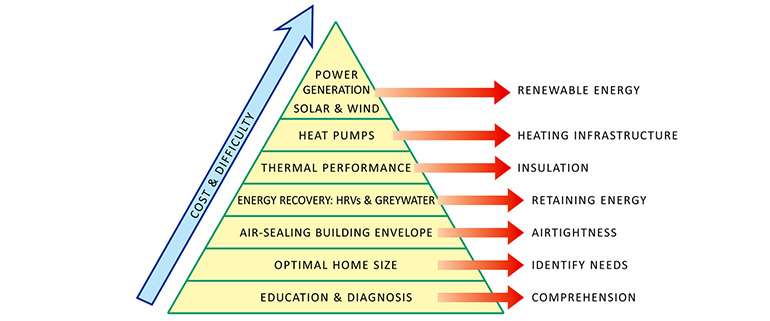
10 Home improvement tips that save money:
The following 10 tips for energy efficiency are guaranteed to save money!
- Save Energy Sensibly: In winter, turning your thermostat down 4 degrees Fahrenheit, wearing socks in the home and dressing appropriately for the season is the easiest way to save money! Conversely, in summer, turn the thermostat to a comfortable temperature and think about when to ventilate the home sensibly to avoid letting the cool air out of your home and the hot air in can save a fortune in electricity costs for running aircon. The best bit? This tip is for free!
- Caulking: Air leaks account for an enormous amount of heat loss in a home, and can lead to condensation and mold in walls in cold climates. In a really leaky house, a tube of caulking might even pay for itself in a day or two. On a windy day check for drafts around windows and doors, and see where your efforts are best spent. Pay particular attention to deadbolt and door lock striker plate holes running into the wall cavity.
- Plastic on windows: If you have old leaky windows, as a temporary winter fix for a few bucks per window you can put a thin sheet of plastic over them that will save you money, keep your windows free of frost, and make your house less drafty. These kits are easily found at a harware store, and put on with double-sided tape. You just have to run a hairdryer over it to tighten it up and you won't even notice it's there.
- Foam draft strip on a roll: Again, if you shop at the right stores this costs only a few dollars and can stop air leaks around doors and window frames without sealing them shut. Pay particular attention to older doors and sliding doors - the draft strips are often perished or missing.
- Plumbing fixtures & aerators: If you have older taps or shower heads, they could be costing you a ton of money. Check to see if there is the ability to screw on an aerator; if your taps are so old that you can't get one on, then you are a prime candidate for a new efficient tap. The payback for this could be a year or two, maybe just months.

Low-flow showerheads are worth the money, and you won't notice the difference except in your wallet - Low-flow showerheads: Switching to a low-flow efficient showerhead can sometimes pay for itself in a matter of months, by saving between 3 and 8 litres of hot water per minute as you shower. And there is no sacrifice here, it's unlikely you would notice the difference from an old wasteful one.
- Programmable thermostats: Also known as 'setback thermostats', these allow you to lower temperatures when you are sleeping or away and will warm your home up for your return or when you wake. Setback heating usually translates into cost savings of between 5 and 15% on your heating bill.
- LED bulbs: The price of power keeps rising while the price of efficient bulbs keeps dropping. Efficient bulbs save a lot of energy and money in the long run. See our page all the benefits of efficient home lighting.

Additional attic insulation is a great way to save money, but be sure to maintain eaves ventilation © Ecohome - Attic insulation: The most crucial place to ensure proper insulation for energy saving and money saving is your roof. Older homes may have insufficient insulation and a lot have none. For some homes, blowing a seamless blanket of cellulose (shredded newsprint) could help keep hundreds of dollars of heat inside your home every heating season. And by all means, do your walls as well if they need it but start with the attic if that's all your budget allows.
- Grey water heat recovery: One of the most overlooked ways energy leaves a home is from hot water going down the drain, taking your money with it. The concept of grey water heat recovery is to reclaim that heat before it leaves your house. It simply involves your cold water feed taking a short detour before entering your water heating tank. By passing through thin copper pipes wrapped around your shower drain, you can pre-heat water before it enters your water heater. It will cost you several hundred dollars, but payback is estimated at about 8 years for the average sized family.

Power pipe Grey water heat recovery unit © Ecohome
Renewable energy and energy conservation:
Other money-saving tips for a green home:
Geothermal Heating: Geothermal heating and cooling makes great use of free heat from the ground, but may be better suited for commercial buildings given the initial cost. For a reasonably well insulated and moderately sized house, you may be dead and gone before you get your money out of this system with the average home. For any building under 5,000 square feet, you'd be much better off financially by investing those tens of thousands of dollars into insulation.
Photovoltaic solar panels (PV): It's not that they don't pay back, the problem is that they don't pay back fast, and it takes a lot of skins to get in this particular game. But like so many high-tech items, the technology keeps getting better and the price keeps dropping. In some places it makes great sense as you can feed the grid with energy and end up making a tasty little profit at the end of the day. Check out the Tesla Solar Roof offer program that pays a nice dividend if you have a south facing roof.
Grey water recycling: This is a great use of valuable resources. Grey water recycling means collecting water from sinks and showers, then filtering and treating it so it can be safely and practically used. Not as drinking water of course, but for toilets and irrigation. This is a marvellous concept, but expensive to set up, and unfortunately the price we are charged for water doesn't come close to its true value. So do this one for your conscience, not your pocketbook.
Worthy of note: I have seen a number of households employ low-tech versions of this that cost nothing, by simply replacing the drainpipe beneath their sinks with 5 gallon buckets and using that water to flush their toilets. Like I said, pretty low-tech, but if you're game, it works.
These tips are specifically targeted to existing homes, but the same sort of philosophy and prioritization applies to new home construction. Check out our step-by-step building guide if you are building a new home.
Now you know more about the Best Energy Saving Tips for Green Homes... Find more pages about sustainable and resilient green building techniques here :
Find more about green home construction in the EcoHome Green Building Guide pages on North America's favorite green building website here. |
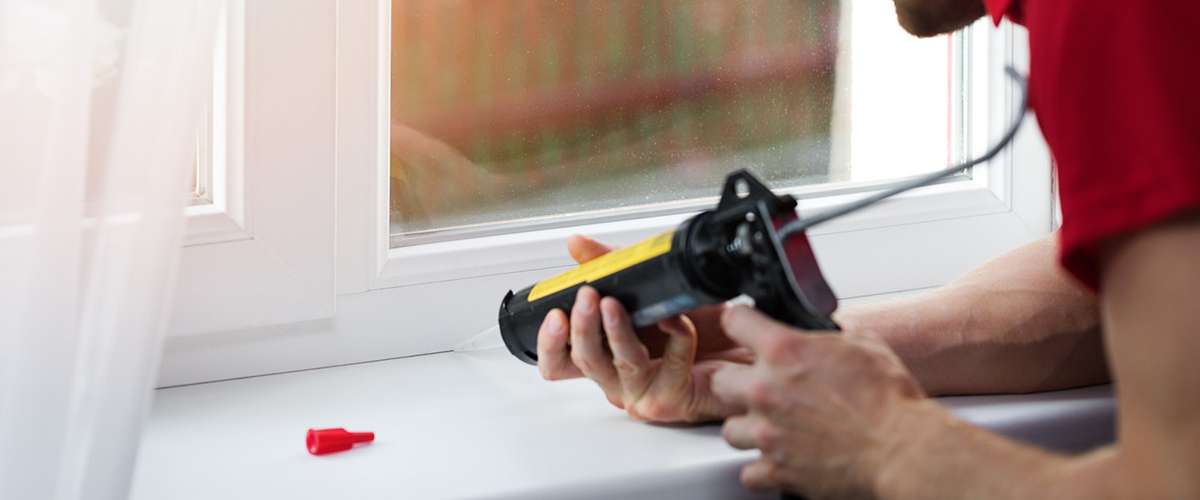


















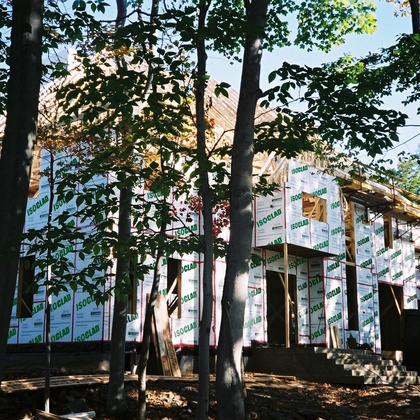
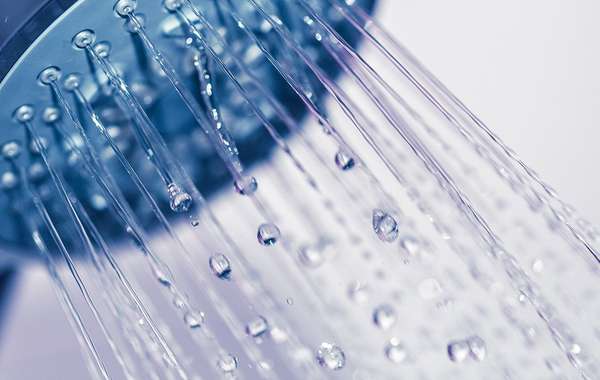
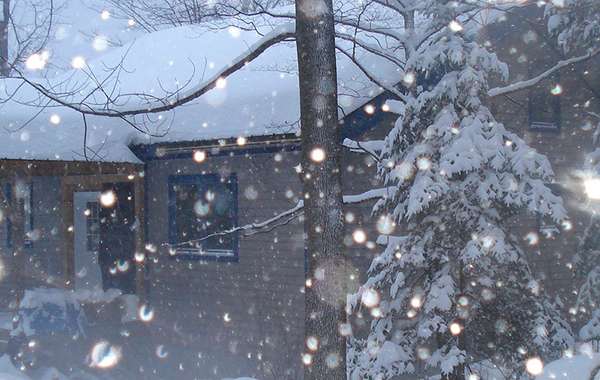
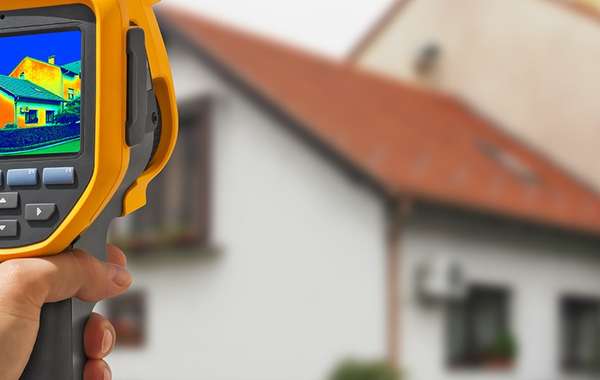
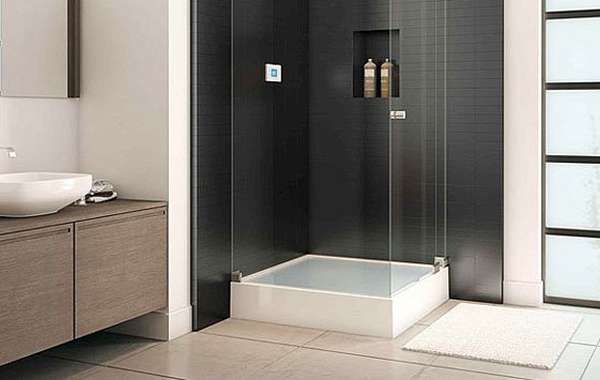
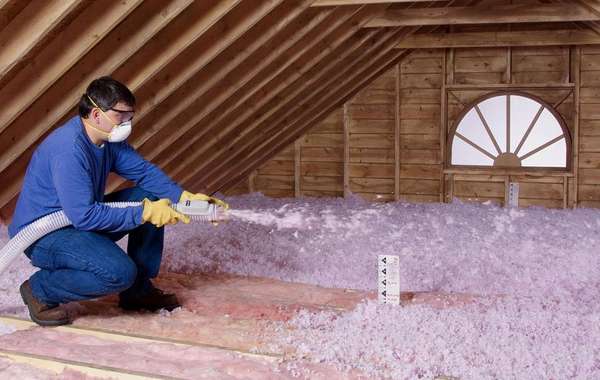

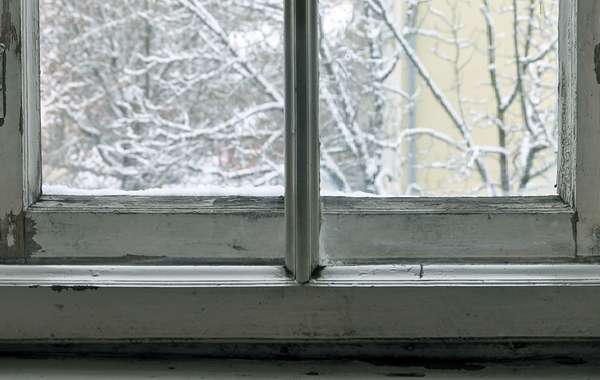
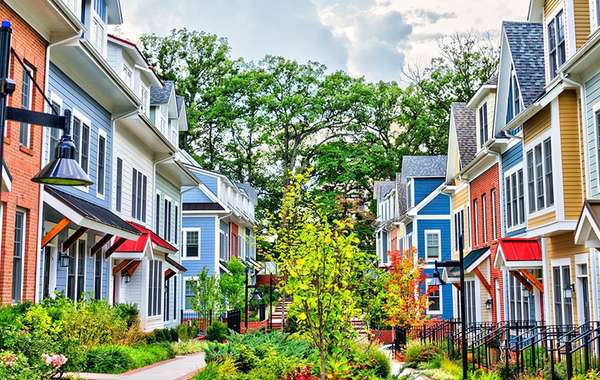
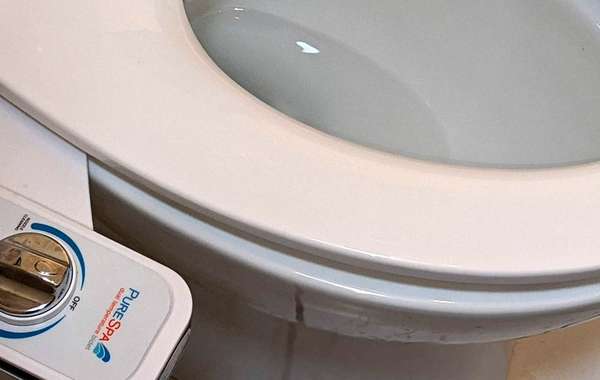
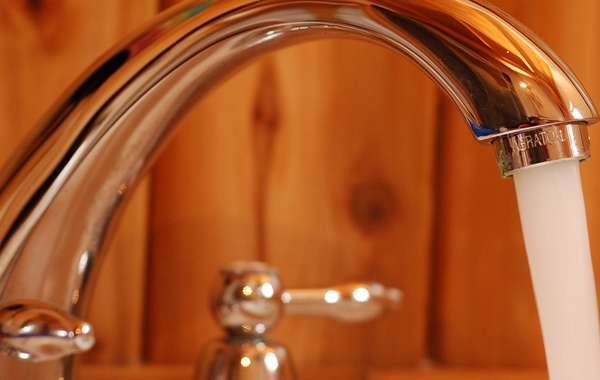
Great thanks for these tips! To save energy, you can also set thermostat to a frugal temperature while you’re away and program it to be at your preferred temperature by the time you return. Gone are the days spent needlessly heating or cooling an empty house :)
Thanks for the input Regina!